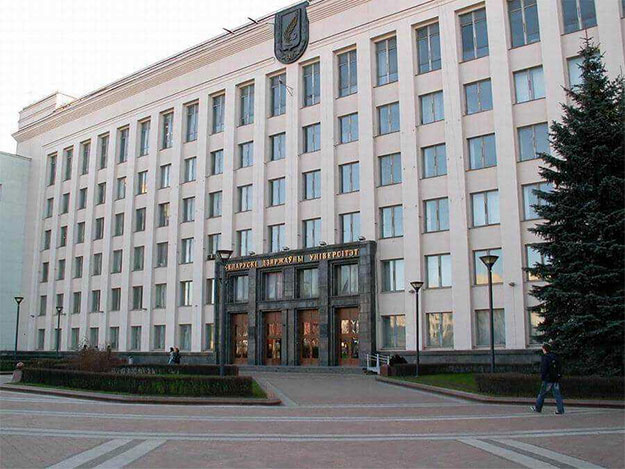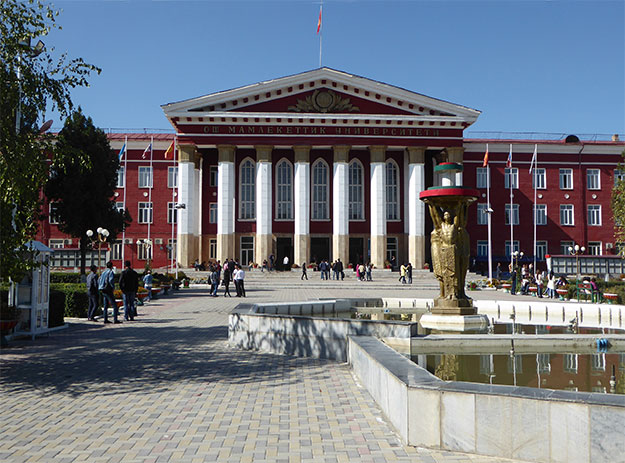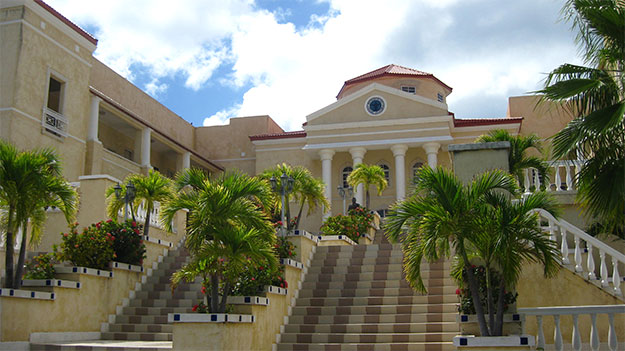
Russia has a long history of medical education, with the first medical school established in 1706 in Moscow. Today, Russia offers a wide range of medical programs, including medicine, dentistry, pharmacy, nursing, and public health.

Georgian medical education is gaining recognition globally, with some Georgian medical universities ranked among the top in Europe. Some of the top medical universities in Georgia include Tbilisi State Medical University, Ivane Javakhishvili Tbilisi State University, and David Tvildiani Medical University.

Romania has a long history of medical education, with the first medical school established in 1857 in Bucharest. Medical education in Romania is highly regarded and has a long history of excellence. Romanian medical universities offer a range of medical programs, including medicine, dentistry, pharmacy, nursing, and public health. Moreover, admission to medical programs in Romania is highly competitive and requires a rigorous selection process.

Armenia has a long history of medical education, with the first medical school opening in 1920. Armenian Medical Universities are becoming more and more well-known every year as a result of the excellent education that is provided there and the extremely low cost of living.

Serbia has some of the finest medical institutions in the world. The nation has a long history of medical conduct, and the local universities maintain high standards of learning. Students from other countries are drawn in by the reasonable tuition and living expenses.

China is a country located in Eastern Asia, with a population of over 1.4 billion people, making it the most populous country in the world. The capital city is Beijing, and other major cities include Shanghai, Guangzhou, and Shenzhen. The nation has The Chinese government has made significant investments in its medical education system over the years, with a focus on improving the quality of medical education and research. Around 50 accredited Medical Universities and schools, that offer medicine program in English medium.

Poland's higher education system is well-developed thanks to quality monitoring, evaluation, and improvement. Poland appears fourth after Germany, France, and the United Kingdom in the EU for the number of students enrolling in higher education. The Cracow Academy, founded by King Casimir the Great in 1364, is one of the oldest universities in the world, currently name as Jagiellonian University.

Belarus is the centre of highly regarded medical universities that are accredited by the WHO. The medical universities' medical degrees are respected around the world. These institutions all have great labs, qualified faculty, and connections to cutting-edge hospitals for practicals.

Compared to other nations, the educational system in Croatia is highly regarded. There are currently 8 universities in the nation, with the University of Zagreb being the most prestigious. It is both the biggest and the oldest university still in operation in Southeast Europe. There are currently four medical schools in Croatia: University of Zagreb School of Medicine, University of Rijeka Faculty of Medicine, University of Split School of Medicine, and Josip Juraj Strossmayer University of Osijek Faculty of Medicine.

Medical education in Egypt is primarily offered at public universities, including Cairo University, Ain Shams University, and Alexandria University. The quality of medical education in Egypt is generally considered to be high, with many Egyptian medical schools recognized internationally for their research and clinical training programs.

Uzbekistan is known for producing a large number of highly skilled and competent medical professionals. In recent years, the government of Uzbekistan has invested heavily in the development of its healthcare sector, including the expansion of medical education and training programs, with the aim of improving the overall quality of healthcare services in the country. Medical education in Uzbekistan is primarily offered by the government-run medical universities, which include Tashkent Medical Academy, Samarkand State Medical Institute, and Bukhara State Medical Institute.

Slovakia is located in central Europe and shares borders with Poland, the Czech Republic, Austria, Hungary, and Ukraine. Slovakia houses six public medical schools, including Comenius University in Bratislava, Pavol Jozef Šafárik University in Košice, and Jessenius Faculty of Medicine in Martin. A degree from a medical university in Slovakia will be recognised all over the world, including in the UK (GMC and GDC), Europe, the United States, Canada, and more.

Bangladesh is rated as a top nation for earning an MBBS degree at a competitive price for a number of good reasons. The facilities and services offered by Bangladesh's top medical universities are praised by international students from all over the world. Medicine studies in Bangladesh, which between 2012 and 2014 had the highest passing rate for the FMGE or MCI Screening test. After completing their MBBS in Bangladesh, Indian students did well in FMGE between 2015–18 and 2019.

Nepal is one of the countries that is developing the fastest, and its educational system is thriving. A large number of students are choosing to study their MBBS in Nepal, which is surrounded by the breathtaking Himalayas. Nepal is a developing country, thus opportunities are also on the horizon and the country as a whole is progressively moving in the direction of progress. The Medical education in Nepal is primarily offered at Tribhuvan University, Kathmandu University, B.P. Koirala Institute of Health Sciences, and Patan Academy of Health Sciences.

Kazakhstan has a well-established medical education system that offers a wide range of medical programs to local and international students. Kazakhstan is becoming more and more popular among international students for higher education. The nation has a distinct environment and a varied culture. The universities in Kazakhstan provide instruction in English, Russian, and Kazakh. The Universities are equipped with modern facilities and latest technology.

Kyrgyzstan is an attractive destination for international students seeking medical education in Central Asia. Affordability of medical education in Kyrgyzstan, makes it an attractive option for international students seeking affordable medical education. Above all, the medical universities are accredited by the Ministry of Education and Science of the Kyrgyz Republic.

According to the Association of Medical Schools in Europe, Hungary is a popular destination for medical education, with over 4,500 international medical students studying there annually. A few of the universities in Hungary that provide medical education include Semmelweis University, University of Debrecen, University of Szeged, and University of Pecs.

Some renowned Caribbean medical schools have a lengthy history of producing excellent doctors.
